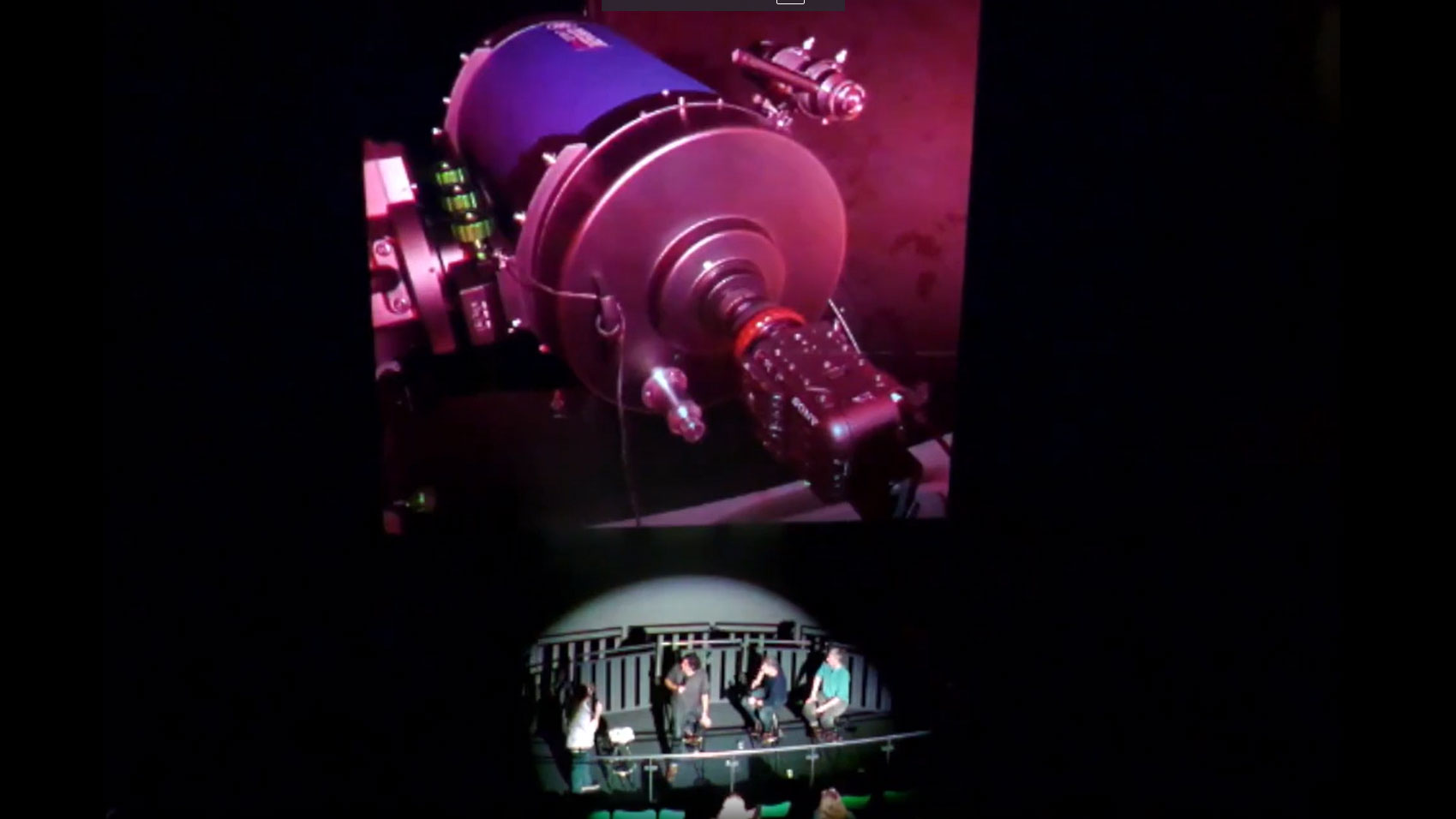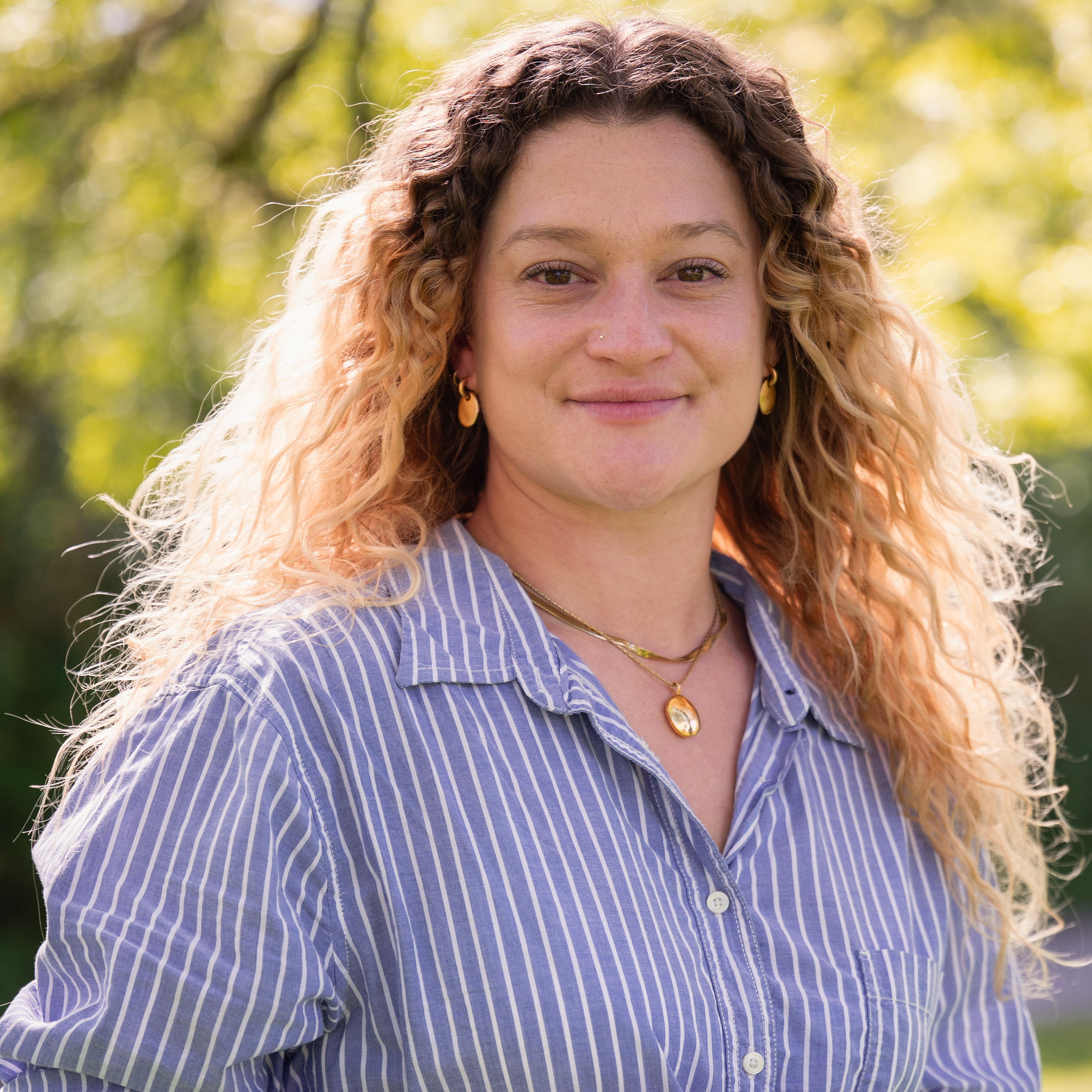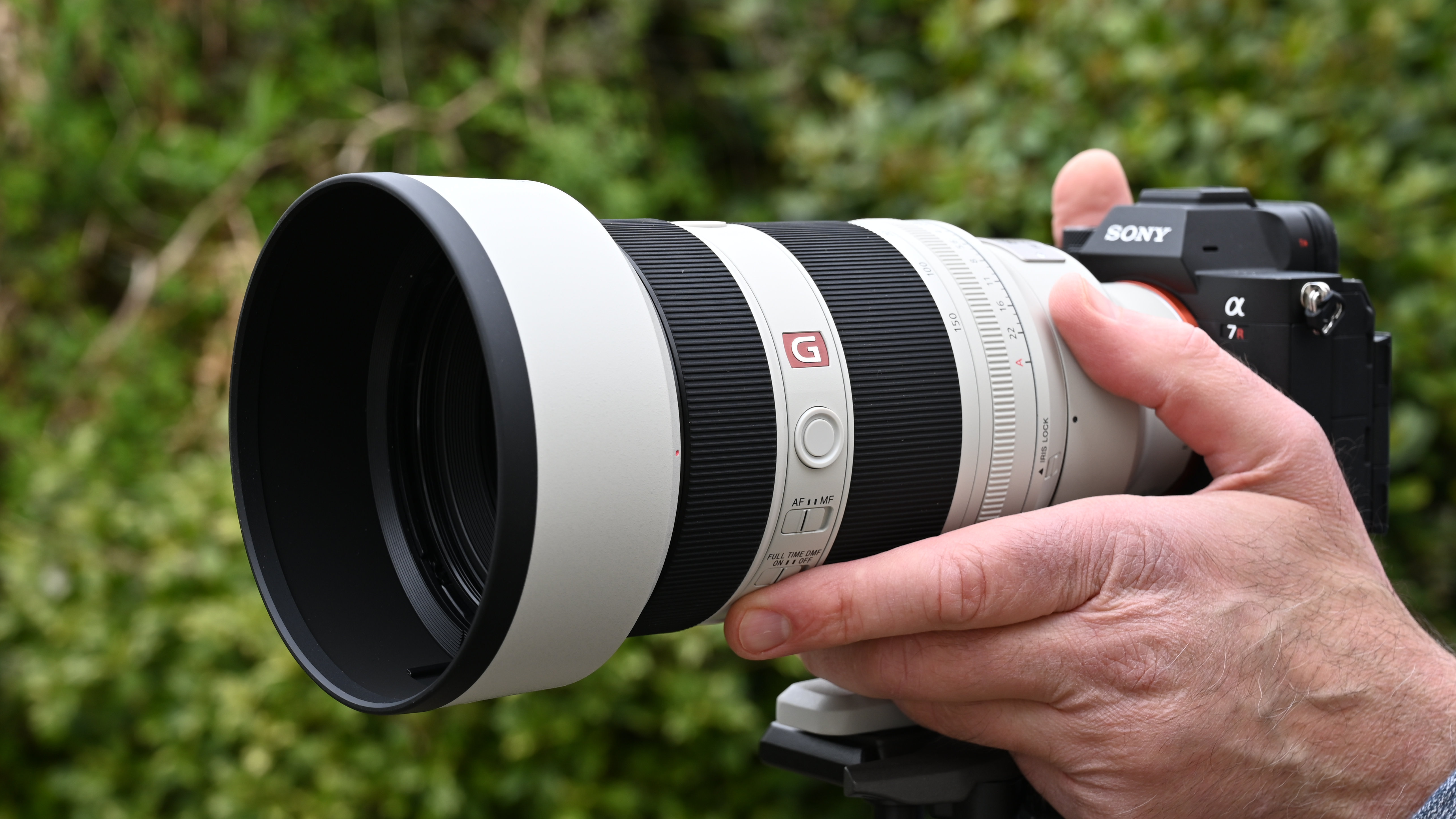The “crap” you never knew you needed to film the best macro shots from experts at Wildscreen Festival
"That’s the cheapest trick to get a smooth shot: two bongo ties,” says camera operator Katie Mayhew

In another incredible masterclass from the Bristol Wildscreen Festival, a panel of experts talked about the importance of macro cinematography, technical tips and tricks, and unusual “crap” they all have in their kit bags.
Chaired by Paul Williams, a BBC Natural History Unit series producer, camera operator and engineer Mohan Sandhu, camera operator Katie Mayhew, and director of photography at MPG Films Ltd Mark Payne-Gill discussed their love of macro wildlife filmmaking and camera techniques.
The talk started with a clip filmed 12 years ago by Williams and Richard Kirby, “which brought home to me just how important macro cinematography is, and the impact it can have, because more than 90% of species live in the macro realm, and yet most of the stories we tell are about big animals.”
“Hope you’ve had your breakfast,” he says, before showing a clip of a giant leech as long as his arm, sucking down a giant blue earthworm of the same size, never before filmed. 12 years later it is still the most viewed clip on the BBC channel with 49 million views.
“I do a lot of long lens as well,” added Payne-Gill, “but with macro you just see a whole universe that you just take for granted and are just below our feet, and there are millions of insects that have yet to be discovered.”
Sandhu, who is known in the macro filmmaking industry for building his own rigs and kit revealed to the room, “virtually everything I build is made from things I get off eBay, but I also take all sorts of random things into the field. On every shoot I go on I bring six chopping boards with me that always have a use, like underneath the rig on uneven surfaces, or as a mouse mat.”
“You’re problem solving all the time when you’re building sets,” agreed Payne-Gill, “Gaffer tape, cable ties, Velcro, a pair of tweezers – I have a whole array – for picking up creatures, and 2ft ones for picking things up on set and not falling on it.”
Get the Digital Camera World Newsletter
The best camera deals, reviews, product advice, and unmissable photography news, direct to your inbox!
“Loads of crap,” added Mayhew, “useful crap. Tupperware, yoghurt pots, black wrap, modelling wire, elastic bands, bongo ties - if you don’t have a motion control set up, if you tie a bongo tie around the tripod handle, and put another one attached to it and gently pull, you’ll get the smoothest pan ever because it takes out the vibration of your heartbeat. That’s the cheapest trick to get a smooth shot – two bongo ties.”
As well as insider tricks and cheats, the panel also discussed the rapid improvements in the world of macro kit, and their favorites.
“I got hooked on macro using probe lenses in the 1990s,” said Payne-Gill, “I had to get my own because I loved the immersive feel that normal conventional macro lenses give.”
Calling Laowa probes “amazing” he added that they have opened up the genre of macro cinematography to many people due to their affordability and versatility.
Talking us through her macro process, Mayhew explained:
“I use more traditional macro lenses, like your 100mm, I do use probe lenses paired with a motion control slider, just to take you through the world of tiny things, where you couldn’t get a larger aperture lens through there.
“I find that using 100mm, or 15mm, and 16 to 35mm is a great lens for macro too, it gives a completely different look to the probe. While there’s a time and a place for the probe, you have options to make different cinematic choices.
“However, there’s a trick with those. There is no focus ring on them so you actually have to physically move the camera closer or further away from your subject using a mechanical rail and extension tubes.”
She added that for a lot of the macro glass you need powerful lighting, and that she’s “absolutely in love with StellarPro lights”, citing their compact shape as useful while hiking.
The panel closed with a mention of artificial intelligence and its current and future role in post-production macro cinematography.
“It’s amazing what they’re able to film now with AI,” said Payne-Gill, “we’re now able to go even deeper into the darkness with this technology, and it’s very exciting to see what we’ll be able to do beyond what we can do now.”
Take a look at our guides to the best macro lenses, the best ringflash for macro photography, and the best extension tubes.

After graduating from Cardiff University with an Master's Degree in Journalism, Media and Communications Leonie developed a love of photography after taking a year out to travel around the world.
While visiting countries such as Mongolia, Kazakhstan, Bangladesh and Ukraine with her trusty Nikon, Leonie learned how to capture the beauty of these inspiring places, and her photography has accompanied her various freelance travel features.
As well as travel photography Leonie also has a passion for wildlife photography both in the UK and abroad.


